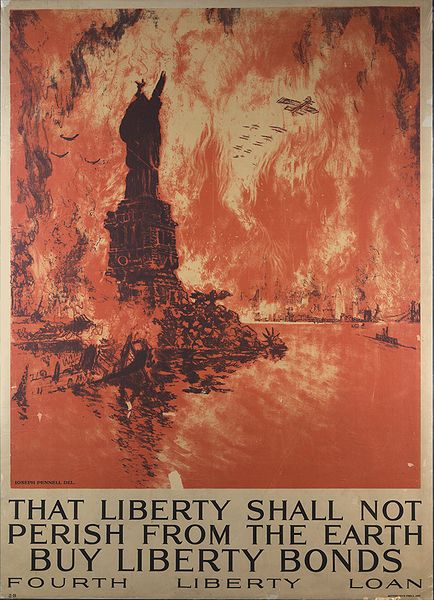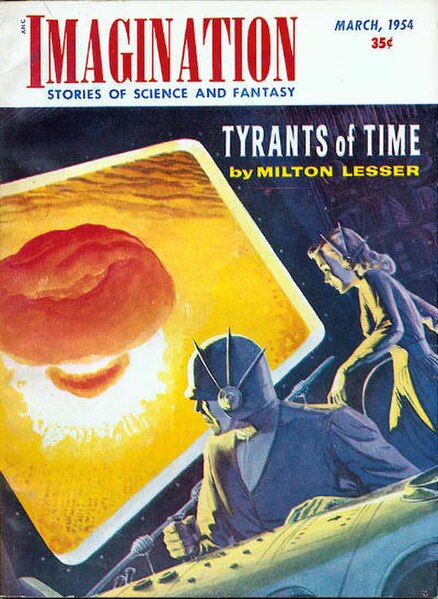The Last Man is an apocalyptic, dystopian science fiction novel by Mary Shelley, first published in 1826. The narrative concerns Europe in the late 21st century, ravaged by the rise of a bubonic plague pandemic that rapidly sweeps across the entire globe, ultimately resulting in the near-extinction of humanity. It also includes discussion of the British state as a republic, for which Shelley sat in meetings of the House of Commons to gain insight to the governmental system of the Romantic era. The novel includes many fictive allusions to her husband Percy Bysshe Shelley, who drowned in a shipwreck four years before the book's publication, as well as their close friend Lord Byron, who had died two years previously.
First edition title page
Apocalyptic and post-apocalyptic fiction
Apocalyptic and post-apocalyptic fiction is a subgenre of science fiction in which the Earth's civilization is collapsing or has collapsed. The apocalypse event may be climatic, such as runaway climate change; astronomical, such as an impact event; destructive, such as nuclear holocaust or resource depletion; medical, such as a pandemic, whether natural or human-caused; end time, such as the Last Judgment, Second Coming or Ragnarök; or any other scenario in which the outcome is apocalyptic, such as a zombie apocalypse, cybernetic revolt, technological singularity, dysgenics or alien invasion.
The apocalypse is also depicted in visual art, for example in Albert Goodwin's painting Apocalypse (1903).
Joseph Pennell's 1918 prophetic Liberty bond poster calls up the pictorial image of a bombed New York City, totally engulfed in a firestorm. At the time, the armaments available to the world's various air forces were not powerful enough to produce such a result.
Imagination magazine cover, depicting an atomic explosion, dated March 1954
An artist's 1922 depiction of a futuristic war





